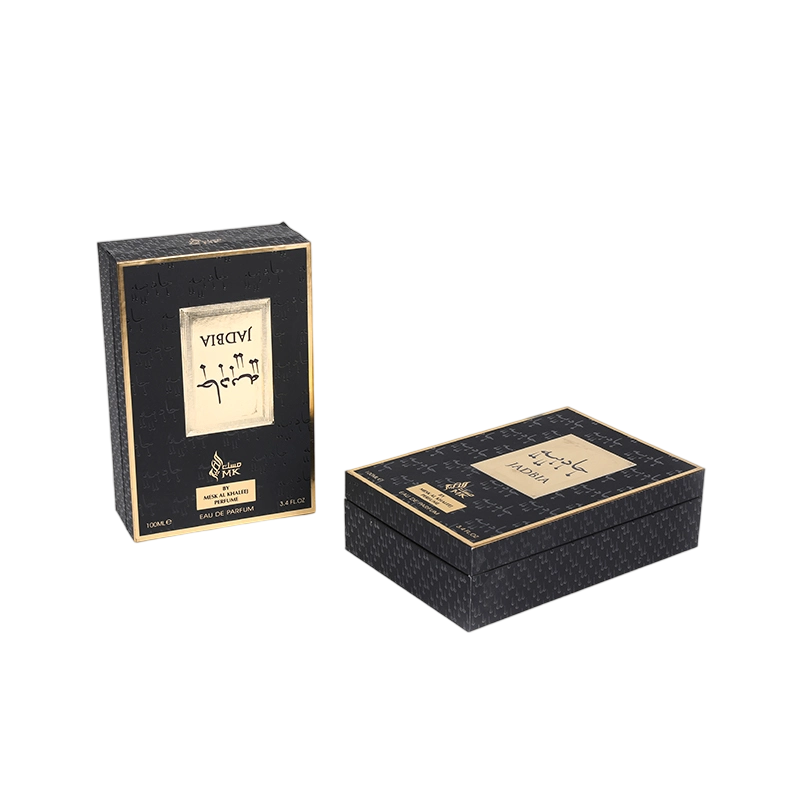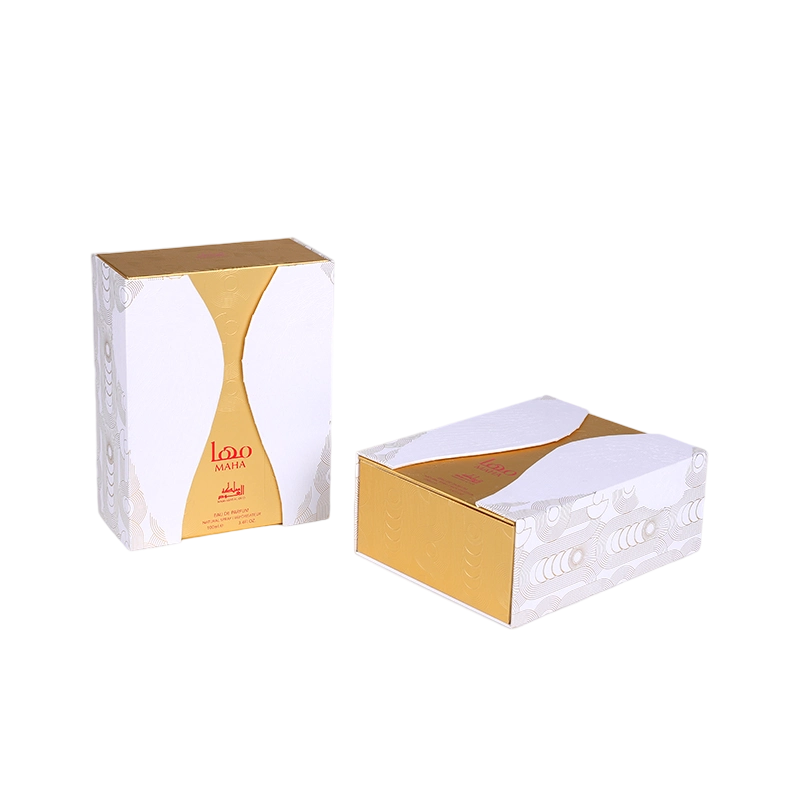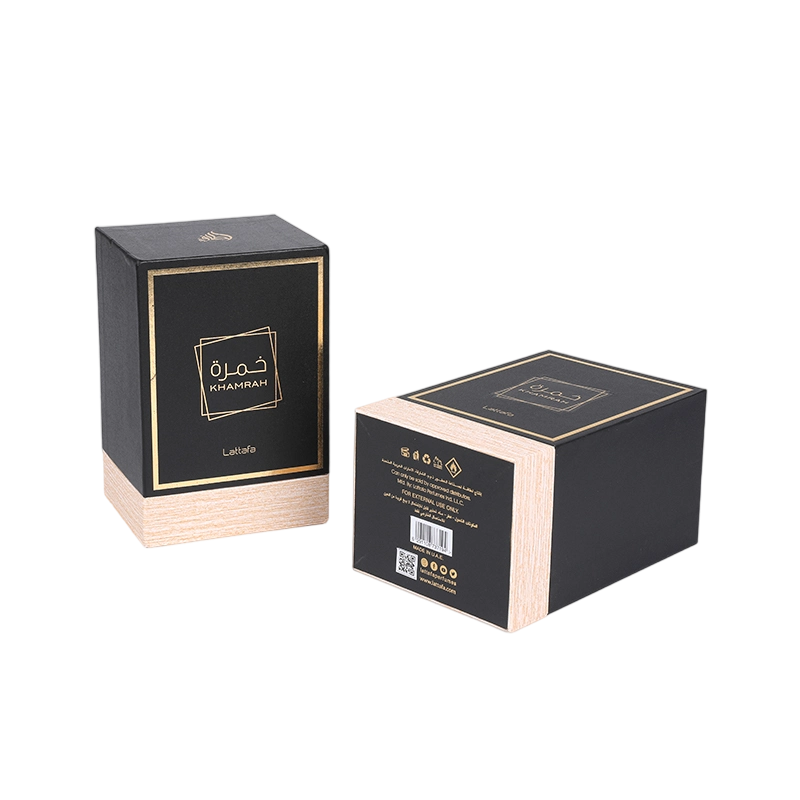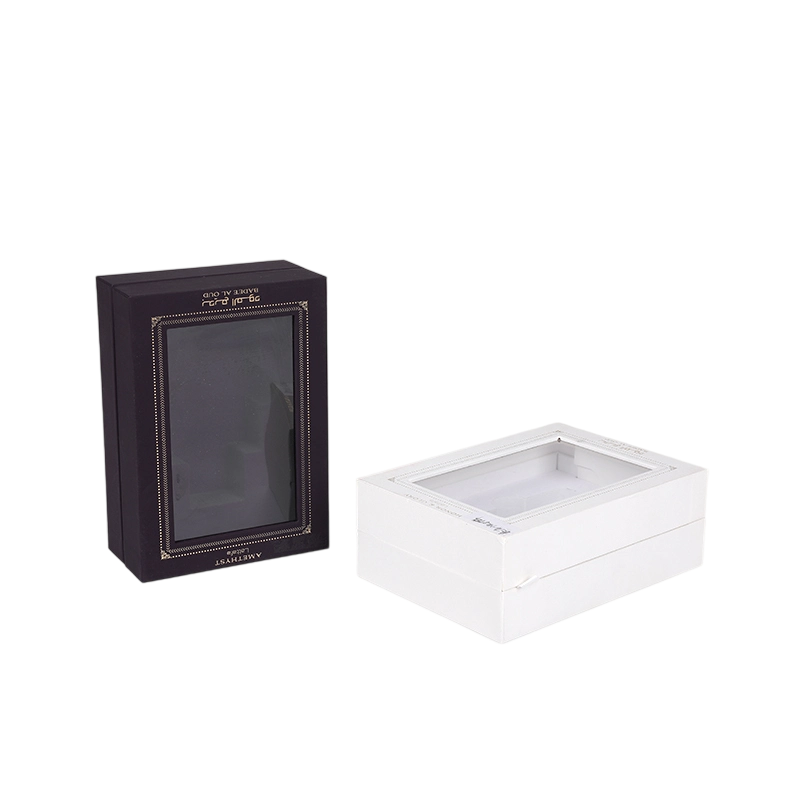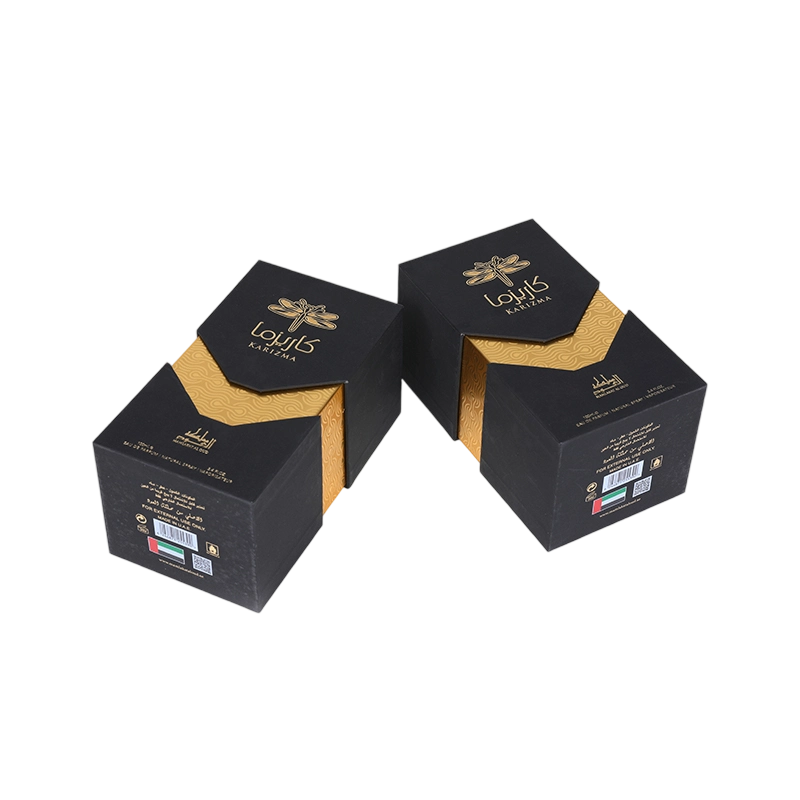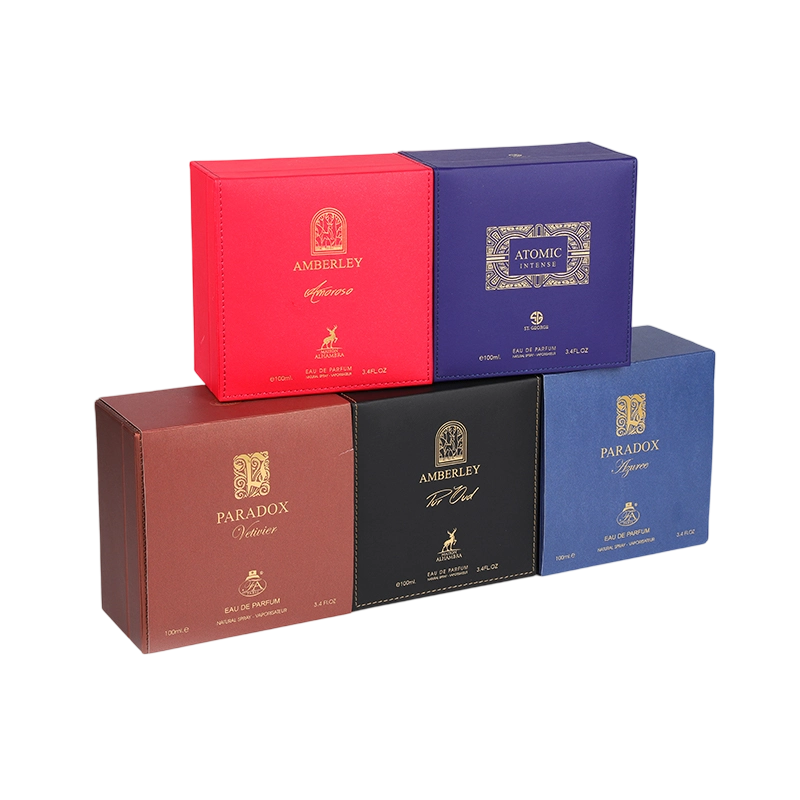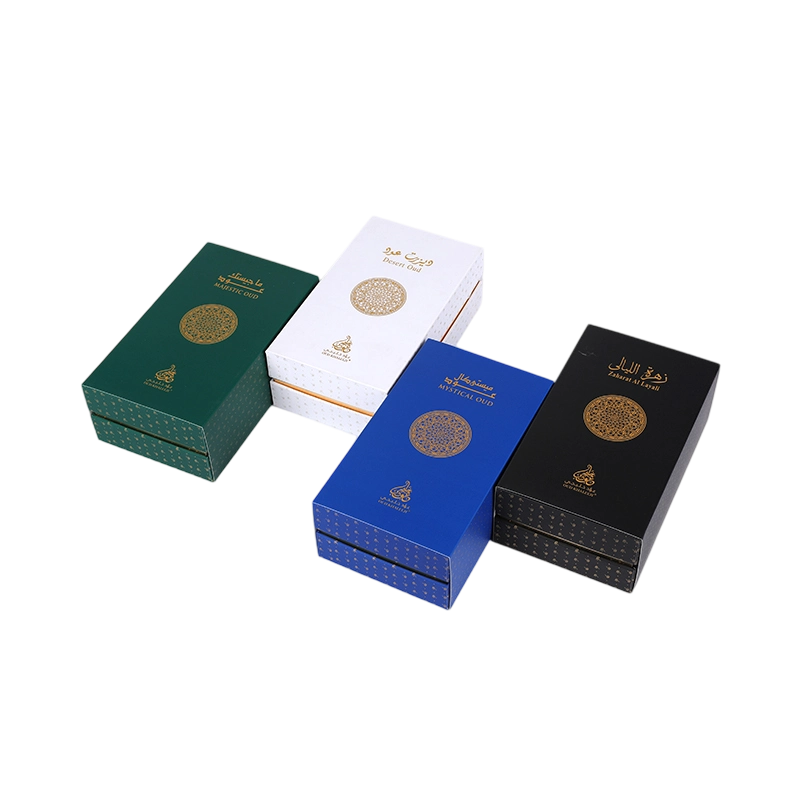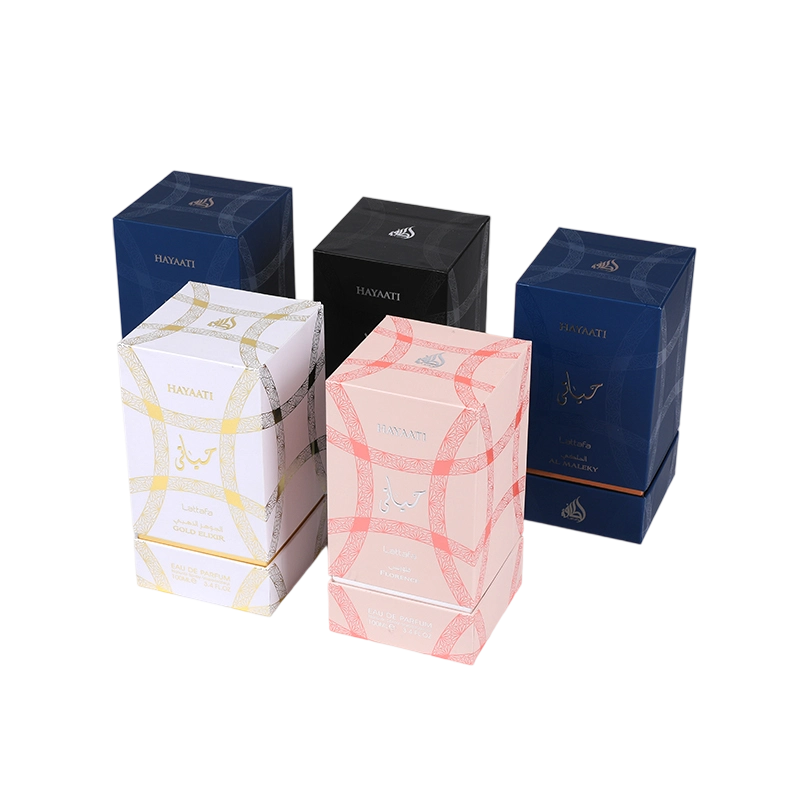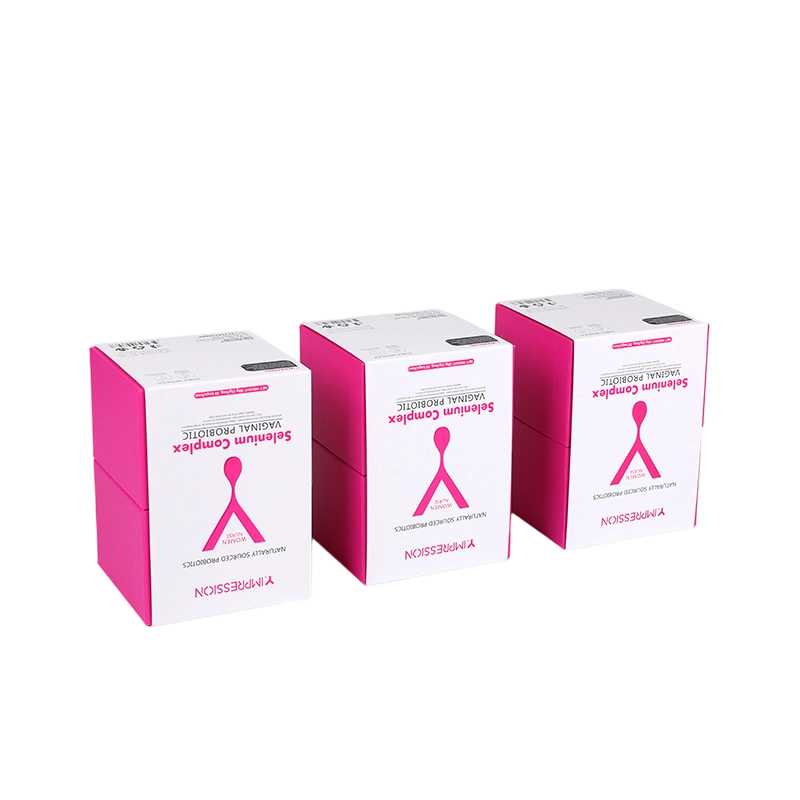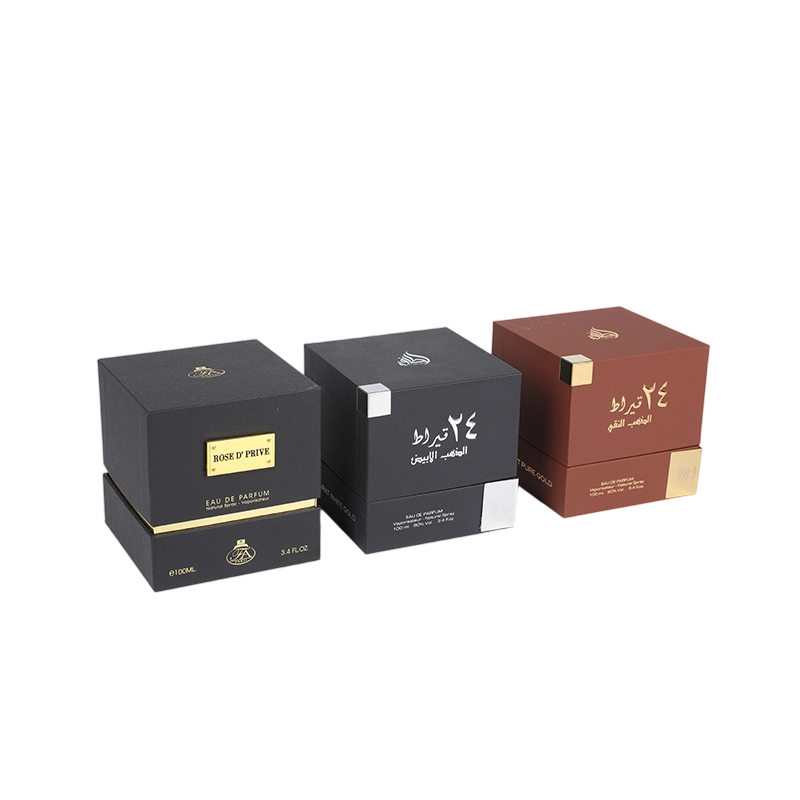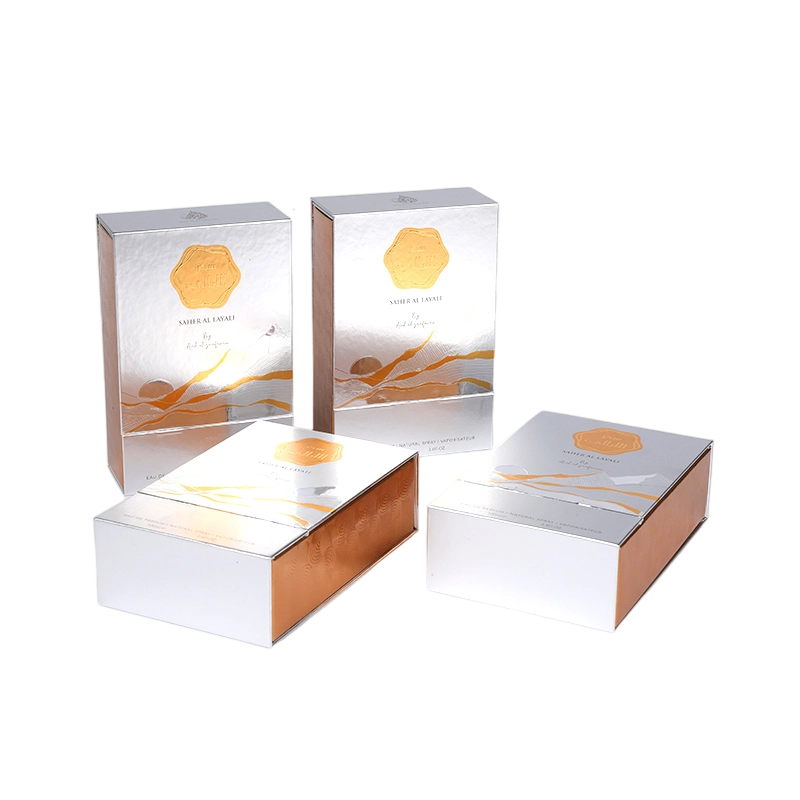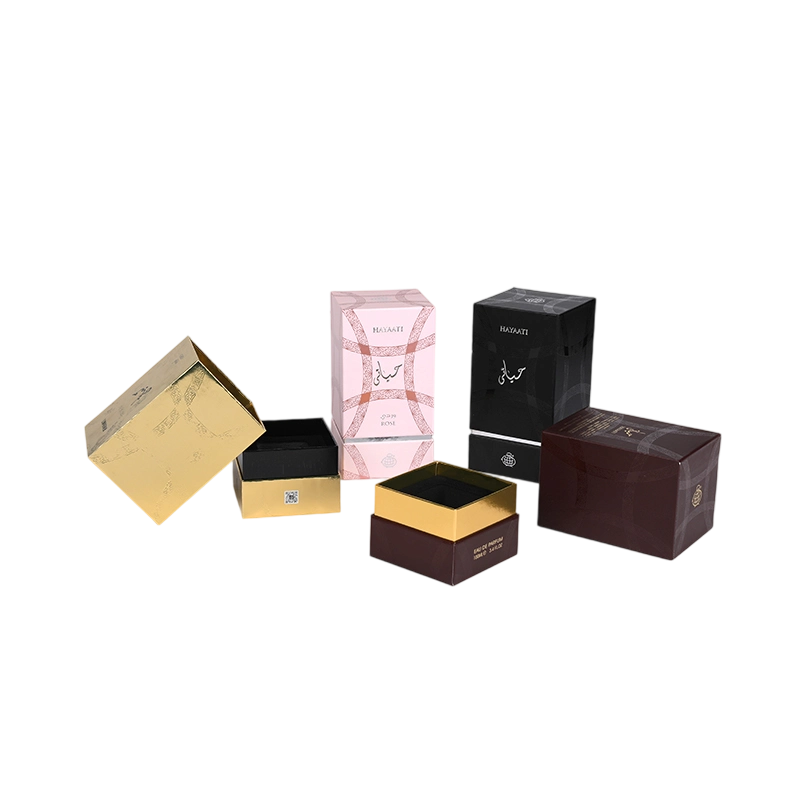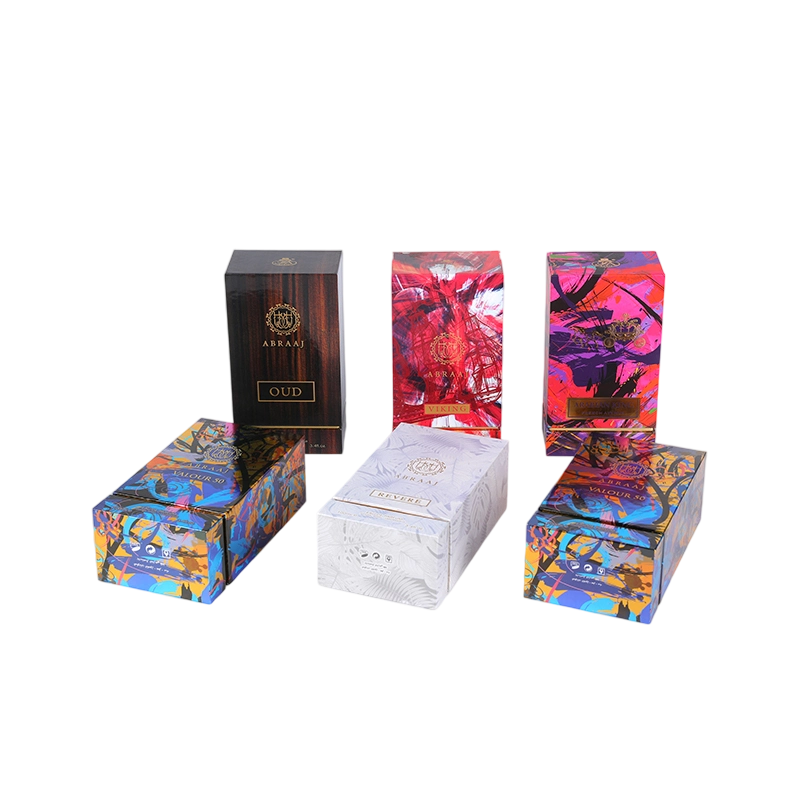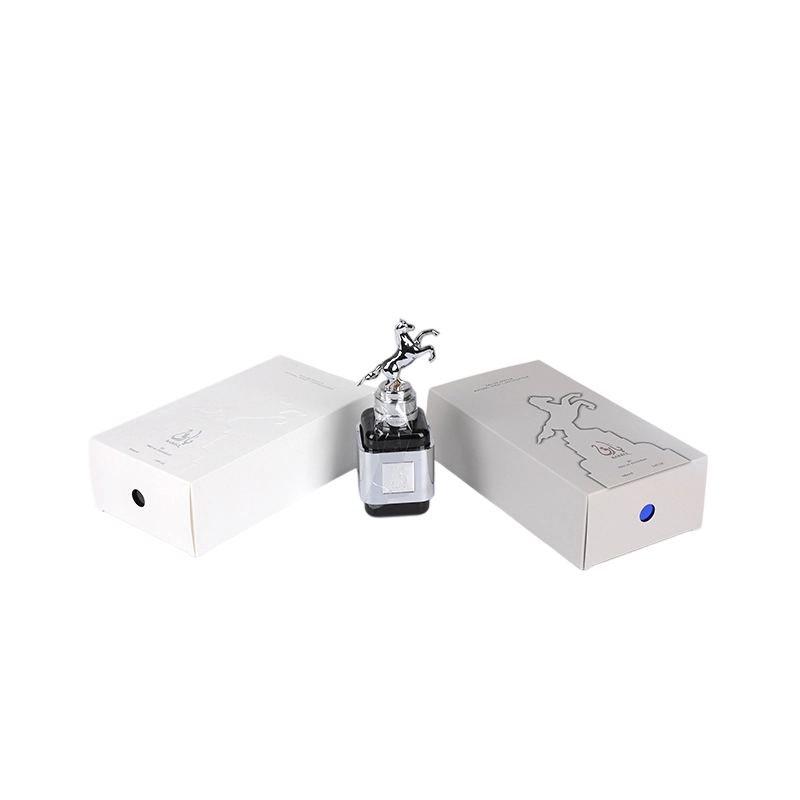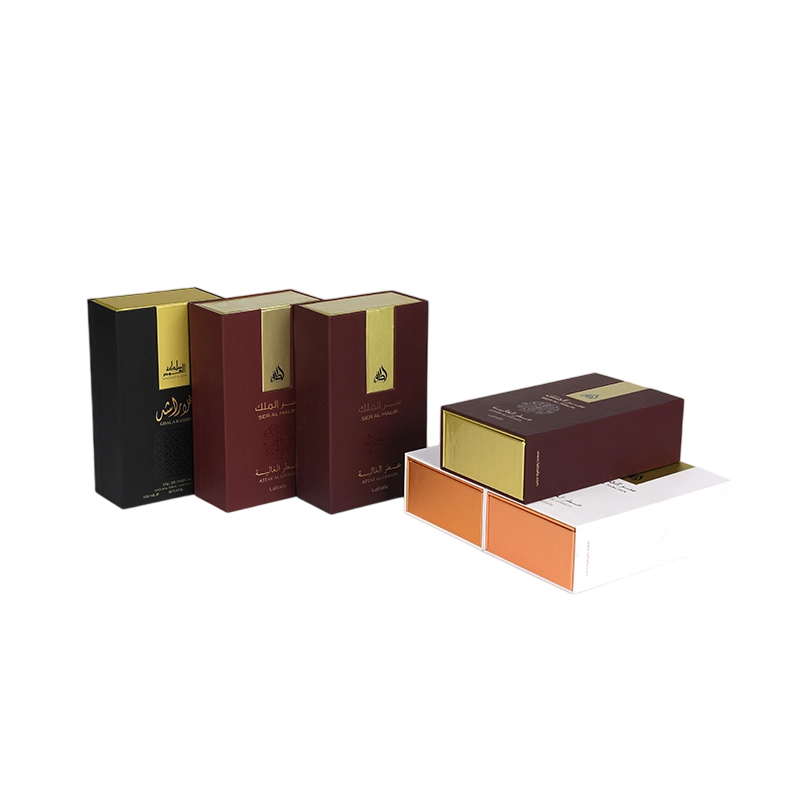When preparing a present, people often wonder whether to choose a gift box or simply use a packaging bag. At first glance, both serve the same purpose: they hold and protect items. However, the difference between a gift box and an ordinary packaging bag goes far beyond shape and material. They carry distinct functions, meanings, and experiences for both the giver and the receiver. Let’s explore the key differences in detail.
1. Structure and Durability
A gift box is typically made from sturdy materials such as cardboard, kraft paper, or even wood. Its rigid structure provides strong support, keeping the contents safe from pressure or deformation. The box form is especially useful for fragile or high-value items like jewelry, cosmetics, or gourmet treats.
An ordinary packaging bag, in contrast, is usually made of thin paper, plastic, or fabric. It is lightweight and flexible, designed more for convenience than for durability. While it works well for carrying clothes, books, or small items, it offers less protection. If the contents are delicate, the bag might tear, wrinkle, or allow damage during transport.
2. Aesthetic Appeal
Gift boxes are created with presentation in mind. Their surfaces may feature elegant prints, embossed logos, ribbons, or magnetic closures. The box itself often feels like part of the gift. Opening it creates a sense of ceremony and surprise, which adds emotional value to the experience.
Packaging bags, however, are simpler. They may have colorful prints or branded logos, but they are generally not designed to impress on their own. The bag functions as a carrier rather than a highlight. People usually discard it soon after receiving the item.
3. Symbolism and Perception
The choice between a box and a bag influences how the gift is perceived. A gift box signals thoughtfulness, care, and a sense of luxury. When someone receives a box, they often expect the inside to hold something valuable or meaningful. It sets a formal tone for special occasions like weddings, anniversaries, or corporate events.
On the other hand, an ordinary packaging bag suggests practicality. It communicates that the focus is more on the convenience of carrying than on presentation. While not necessarily negative, it does not create the same sense of anticipation or prestige as a box.
4. Customization Options
Gift boxes are highly customizable. They can be made in unique shapes, such as heart-shaped, drawer-style, or foldable magnetic designs. Businesses often print logos, use brand colors, or add textured finishes to enhance identity. Personalized gift boxes are popular for luxury brands because they reinforce exclusivity and brand storytelling.
Ordinary packaging bags also allow customization, but usually in simpler ways. Printing a logo or slogan is common, but the possibilities are more limited because of the bag’s flexible material and basic shape. Bags are effective for mass distribution, but they rarely deliver the “premium” feel that boxes can achieve.
5. Functionality and Reusability
Gift boxes are often designed to be reused. After opening, recipients may keep the box to store jewelry, stationery, or keepsakes. The sturdy construction encourages secondary use, which extends the life of the packaging and makes it more eco-friendly.

Packaging bags can also be reused, especially tote-style paper or fabric bags. However, many lightweight paper or plastic bags are thrown away quickly because they lose shape, tear, or appear wrinkled after one use. From a sustainability perspective, boxes often have a longer lifecycle.
6. Cost Considerations
Because of their materials and craftsmanship, gift boxes usually cost more than ordinary packaging bags. High-end boxes with inserts, ribbons, or magnetic closures can be several times the price of a simple bag. This is why they are commonly used for luxury items or important occasions where presentation matters.
Packaging bags, by contrast, are far more economical. They can be mass-produced at low cost, making them practical for retail stores, daily shopping, or casual gift-giving. For businesses that prioritize budget and convenience, bags are often the go-to choice.
7. Occasion and Suitability
The occasion also determines whether a box or bag is more appropriate. A gift box is ideal for birthdays, weddings, Valentine’s Day, Christmas, and other special celebrations where emotional impact is important. Corporate gifting also relies heavily on boxes to convey professionalism and brand prestige.
An ordinary packaging bag fits everyday situations, such as giving a small souvenir, carrying purchases from a shop, or sharing casual holiday treats. It works well for simple, low-pressure exchanges but might appear too plain for formal or sentimental events.
8. Experience of Unboxing
Perhaps the most significant difference lies in the unboxing experience. Opening a gift box is often slower and more engaging. Lifting the lid or sliding out a drawer creates suspense and excitement. This ritual has become so popular that “unboxing videos” dominate social media platforms, where viewers enjoy watching the reveal of luxury products.
A packaging bag, however, does not create the same effect. Items can be taken out quickly without much ceremony. While this is practical, it lacks the emotional build-up that enhances the joy of receiving a gift.
Conclusion
The difference between a gift box and an ordinary packaging bag is not just about form—it is about purpose, perception, and experience. A gift box emphasizes durability, elegance, and emotional impact, making it perfect for special occasions and valuable items. A packaging bag highlights practicality, affordability, and convenience, making it suitable for casual exchanges and everyday use.
In short, when the goal is to impress and create a memorable moment, a gift box is the better choice. When convenience and cost matter more, a packaging bag gets the job done. Both have their place, but the message they send is very different.

 English
English 中文简体
中文简体 عربى
عربى

